
Developer: Cloud M1
Publisher: Cloud M1
Platform: Switch, PC
Tested on: Switch
Ayo the Clown – Review
It’s been almost two years since developer Cloud M1 successfully closed its Kickstarter campaign for Ayo the Clown, their playful 2.5D platform game. The wait is finally over, and Ayo is ready to start searching for his dog on both PC and Switch. It’s a gorgeous-looking game for sure, but given the stiff competition in the 2.5D platformer market, the question remains whether our clowny friend does enough to stand out from the crowd. We spent some time with the newest video game mascot to see if this is the greatest show on earth or if it’s going to prevent you from sleeping out of fear of clowns eating you.
Story
Our hero, Ayo, is a small clown that has lost his dog, and who now wants to be reunited with it. That is easier said than done and the quest to bring back together the pair will require Ayo to embark on an epic journey throughout various different worlds. Along the way, he’ll meet friends, enemies, and a variety of people that require his help. It’s a simple and rather basic premise, but given that Ayo the Clown is seemingly aimed at a younger crowd, that’s fine. Throughout the game, the story is fleshed out by short storybook scenes, that add backstory to some of the events that happen in the levels. One of these scenarios is, for example, when a young bear drops a beehive on our hero’s head, leading into a level where Ayo has to outrun the swarm of bees. Throughout the game, Ayo will also encounter a quirky cast of characters, many of which will ask him to perform tasks. These “mini-stories” include a farmer that is pestered by rats, and Ayo will have to take down the rodents. These help flesh out the world, but by no means are they essential to the narrative. Not that there is anything wrong with a light story, even in a character-driven game, and overall, Ayo the Clown does a serviceable job in this regard.
Graphics
We were afraid that the pastel color palette and adorable character designs would grow stale after an hour or so, but they actually hold up surprisingly well while you’re playing the game. The game takes the cutesy aesthetics dial and pushes it up to eleven, but in a good way. There is a significant difference between how the characters look in the storybook illustrations compared to the in-game models, and we have to say we prefer the latter, as some of the facial expressions in the story scenes can be somewhat disturbing. A good example is Ayo’s swollen, deformed face after he suffers a series of bee stings. Thankfully, imagery like this is rare and most of the game just looks fluffy and adorable.
Each of the game’s worlds looks distinct but the overall visual style remains the same throughout, ensuring everything looks cohesive. The game also adds depth by clever use of back- and foreground blur, making for a world that feels more real and alive. However, things are kept simple enough to ensure a smooth performance, and we didn’t encounter any issues while playing, nor did we notice any frame drops.
Sound
When we started the first level of Ayo, we were a bit confused as there was no music present at all. Instead, we were treated to the sounds of a thunderstorm raging in the background. It seemed like a bold move to not have any music at all, but once we got to level two, the music kicked in. The tunes that play in the background are okay, but forgettable though, and didn’t really stand out. The sound effects fared a little better, with Ayo’s high-pitched scream of death whenever he met his demise actually making things funnier than they are supposed to be. There is a limited amount of voice acting as well, during the story segments, and these are the auditory highlights of the game, though that’s not saying much given how bland the overall soundscape is.
Gameplay
Ayo the Clown is a classic 2.5 platformer with a few gameplay twists, though the game doesn’t revolutionize the genre. Players take control of the titular clown of course, and must make it to the end of each of the 30 levels that make up the game. At the start of the first level, Ayo has no powers whatsoever, and isn’t even able to perform jumps. As you advance through the stages, you’ll run into characters that require your aid -which usually involves collecting a number of objects- after which you’ll be rewarded with a new ability. Soon enough, Ayo will be able to double jump using a balloon, ground pound, and climb. Additionally, there is a variety of weapons, such as water balloons and a clown hammer, that you’ll be able to pick up, which can then be used to take down enemies -although if you’re hit by an enemy while carrying a weapon, you’ll lose it instantly.
For what it’s worth, the platformer gameplay Ayo serves up is solid, with no performance issues whatsoever and a tight, satisfying control scheme. The majority of the levels are filled to the brim with collectibles, including lollipops and teddy bears, which are essential pickups for completionists, but also a large number of gemstones, which you can pick up and use as currency to purchase upgrades. The first such upgrade you encounter, a more powerful balloon, will set you back a hefty 25000 gemstones, so it’s going to take you some time to save up for that. Fortunately, gemstones are littered around the place, including in the plethora of hidden areas that you can find as you explore the levels. And we do mean explore, as most of the levels aren’t linear but have multiple paths that you can take, each offering new things to discover.
It’s both Ayo the Clown’s greatest strength and a major weakness. Finding new hidden areas is satisfying, and the non-linear approach means that there is a fantastic amount of replayability as you’ll never need to traverse a stage in the exact same manner twice, but the downside of this approach is that the levels can feel overwhelmingly large at times. Some levels take upwards of 10 minutes to traverse, meaning that Ayo the Clown isn’t a game that is suited for short pick-up-and-play sessions. There are plenty of checkpoints scattered throughout the stages, and the level of difficulty never becomes so high that you’ll hit a wall, so overcoming a level isn’t all that much of a challenge, but those with a short attention span should seek their platforming action elsewhere. Not that the game doesn’t try to keep your attention, as it attempts to shake things up by introducing chase sequences mid-level, and also throws the occasional curveball with levels that stray away from the classic platforming formula, such as those where Ayo and his crush Pan hang from a balloon and must make it through an entire level by floating vertically.
For what it’s worth, Ayo the Clown is a solid platformer, but it is also very bland compared to some of its direct competition. While we didn’t expect the game to reach the same level of quality as the Mario series, it’s clear that Cloud M1 took inspiration from Nintendo’s franchise, and when Ayo the Clown is at its best, it’s simply copying the famous mustached plumber’s outings. Unfortunately, Ayo the Clown lacks enough identity to really stand out and nothing about the game feels particularly original. Perhaps it’s because we’re simply not the target audience. Ayo the Clown offers up clean, family-friendly platforming fun that is likely going to be a hit with the 8 to 12-year-old crowd, though older gamers may find the game to lack a decent level of challenge. Still, it’s clear that bringing Ayo to life was a labor of love for Cloud M1 and it’s impressive how polished everything is. If you’re outside of the game’s target demographic, however, you may struggle with emotionally connecting to the world of Ayo the Clown and you’ll instead be haunted by a sense of déja-vu as you realize just how much Ayo borrows from the competition.
Conclusion
Let’s make one thing clear: Ayo the Clown isn’t a bad game at all. It’s quite good, in fact, especially when keeping the target audience in mind. Unfortunately for our clowny friend, his game simply doesn’t bring anything new or original to the table and lacks challenge. As such it doesn’t have quite enough to offer for anyone that falls outside of the aforementioned age range. While you’re only paying a fraction of what a Mario game costs when shelling out for Ayo the Clown, you’re also getting a product that quite frankly isn’t up to the same standard. We were going to point at the length of the levels as Ayo’s biggest weakness, but perhaps the issue is just how bland the game is overall.
Ayo the Clown - Review,
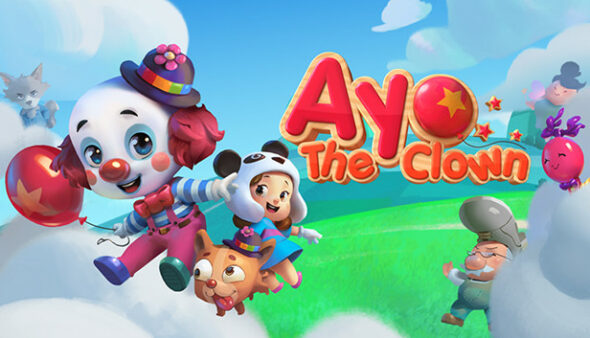
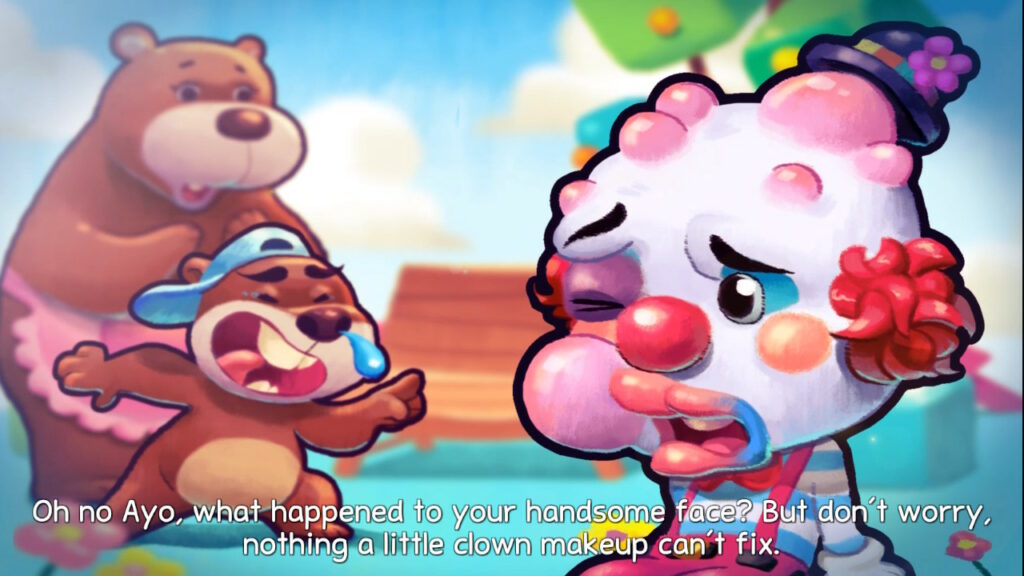
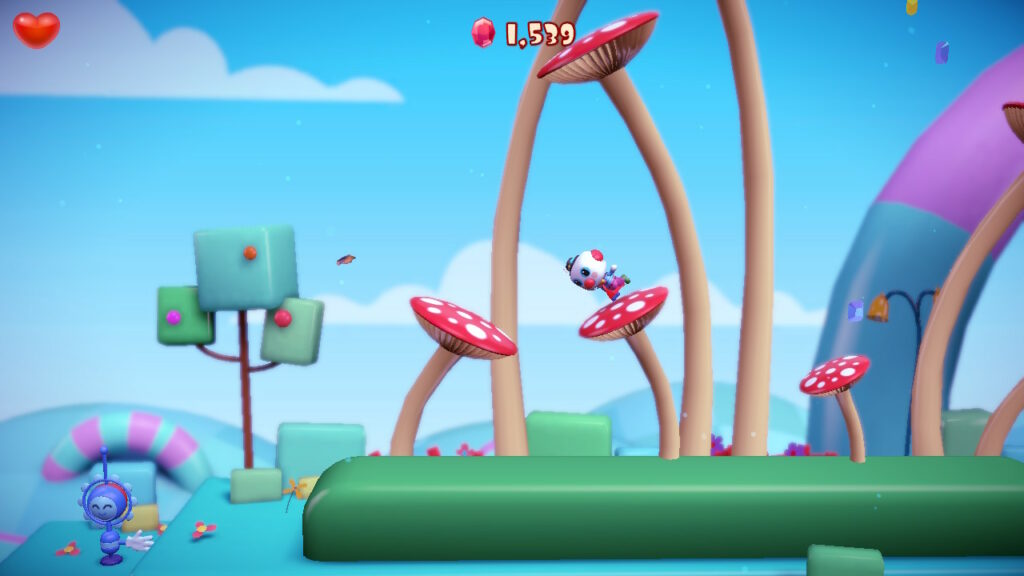
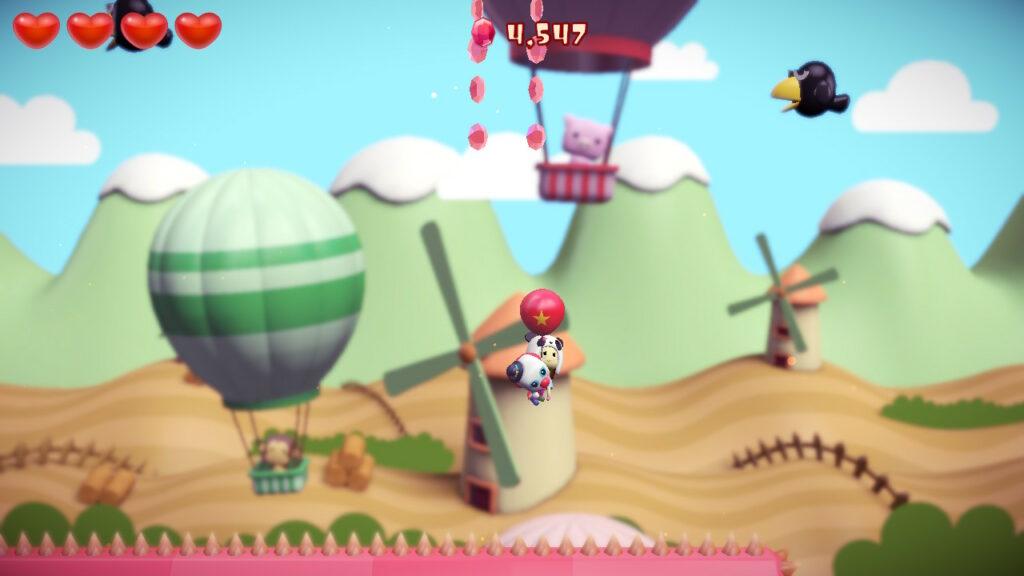
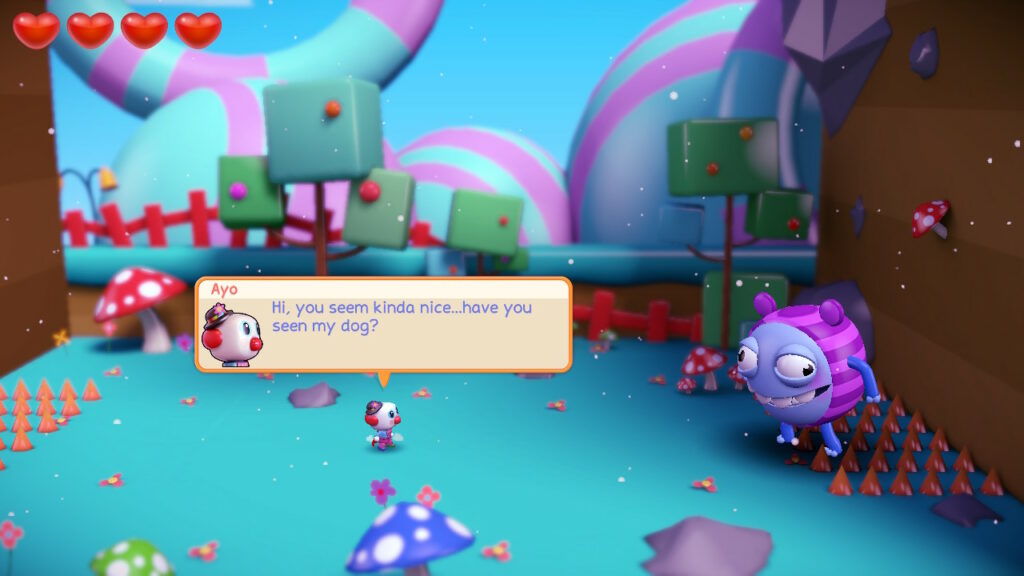
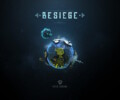



No Comments